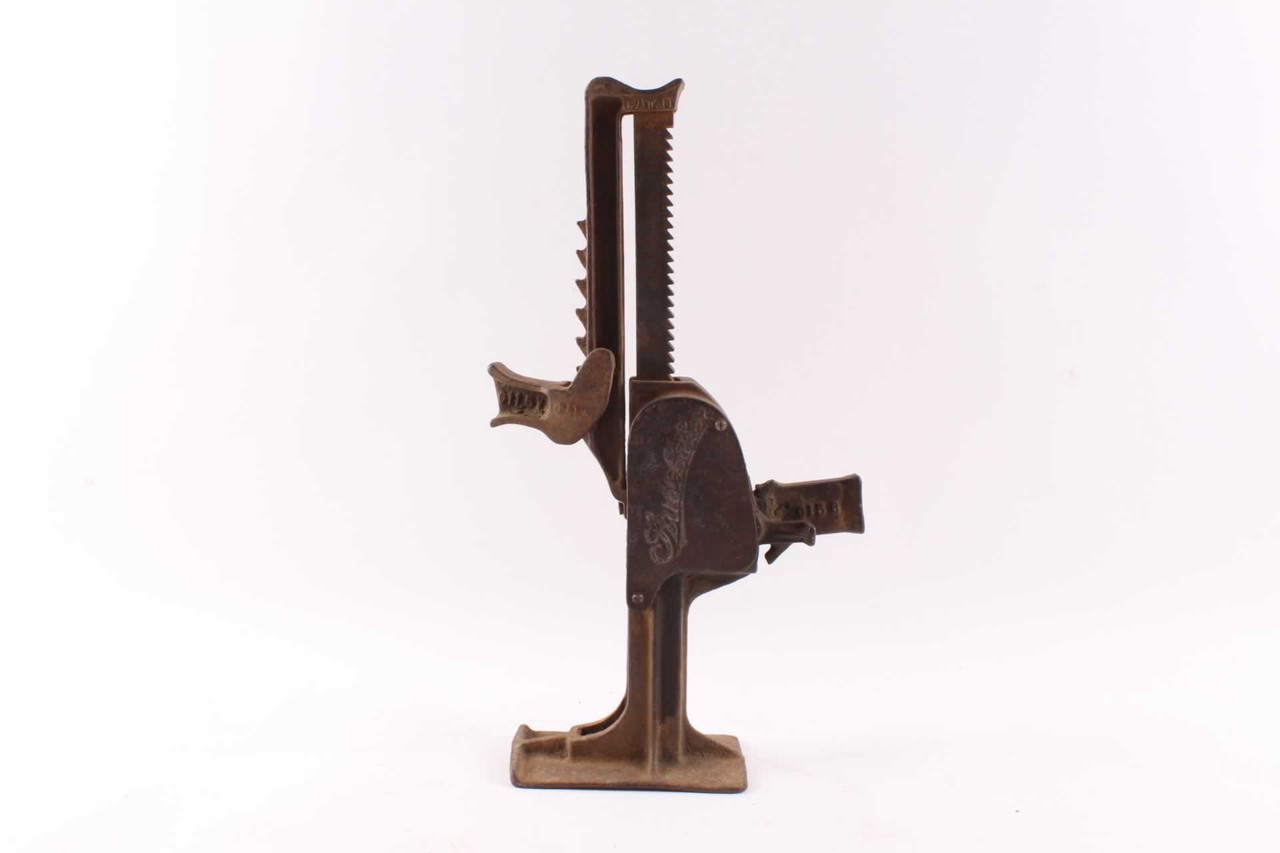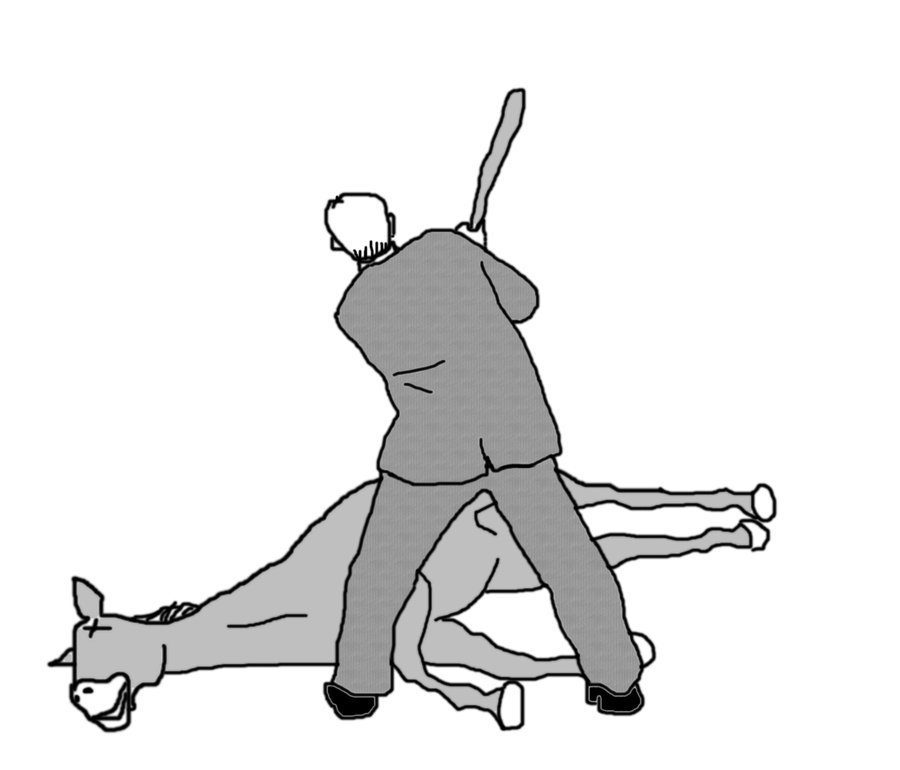-
Posts
1,822 -
Joined
-
Last visited
-
Days Won
3
Content Type
Forums
Gallery
Events
Posts posted by Stude Light
-
-
I bought one from CarCovers.com and am happy with it. Truthfully though I rarely use it and just use a clear disposable car cover for those rainy days or threat of a little rain overnight. If they are predicting heavy rain then I throw on the expensive one.
-
Are you looking for a dust cover while in the garage or something for when you are at a show during a rain or maybe something to put over it while parked overnight that will help during a thunderstorm? Each scenario has a different option.
If you are looking for something to protect it while driving on the flatbed, then either switching to an enclosed trailer or adding a rock guard to the front of your current open trailer are your options. A car cover during travel on an open trailer will do nothing but damage your car.
-
 1
1
-
-
6 hours ago, AzBob said:
All right, so in regards to the Element's underwhelming performance and CO2's messy aftermath, I see it is legal to sell and use Halon but illegal to manufacture Halon. What is the legal status of Halotron?
Just to clarify, dry chemical is the messy one and CO2 is mess free.
-
 1
1
-
-
Although I have never used one personally, I’m not sold on the Element for my vehicle needs. It doesn’t have enough coverage nor distance. Might be fine for a stovetop kitchen fire. I have a bit of experience in the area - 21 years of service on my local Fire Departments.
It’s hard to beat the effectiveness of an ABC dry chem as it interferes with the chemical reaction going on vs say a CO2 or the Element which takes away the oxygen. The problem I see with the Element is you need to displace ALL the oxygen and not just a portion which is why they couldn’t put out the grease fire in the above video. A CO2 floods the area. The problem with an oxygen displacing extinguisher is if you still have too much heat and still have fuel the fire re-ignites which is why the wood fire wouldn’t go out.
-
 2
2
-
-
I have an ABC in my cars and keep it in the passenger compartment. The balance is making it accessible but also hidden as much as possible. I’m thinking I may switch to a halotron in my two nicer cars. Cleaning up after an ABC discharge is no fun (done it in a car and house).
For my shop, my go to is a 20 lb CO2 and I don’t hesitate grabbing it even for something small as I know there is no cleanup. They are also cheap to refill. I also have an ABC at each shop door in case there is too much heat and the CO2 isn’t enough.
-
 1
1
-
-
It's a cool looking car. I like it!
-
I've had my local Gas Tank Renu line several tanks with no issue over 10+ years of service. Several friends also have had their tanks done over the years with great results. I'm rather surprised yours failed. I typically have a one week turnover time with them. I use the one in Swartz Creek, MI - a bit of a drive for you but maybe you need another trip north.
Scott
-
For you purists, it is a flat leather belt 3/4" wide, 25-3/4" long and 3/16" thick. You can order custom stuff from Hudson Belting
https://www.hudsonbelting.com/leather-belts

-
There is a great write up in the May-June 2024 edition of the Antique Studebaker Review (Antique Studebaker Club's periodical) on the Stewart Vacuum Tank Fuel Pumps. It starts with a reprint of Bill Gannon's article titled "How to Live with Your Vacuum Tank" originally published in the April 1981 edition of the Review and followed up with an article by Mike Margerum.
Membership has its privileges.
-
 2
2
-
-
5 hours ago, raybelf said:
The Oldsmobile Limited had side lamps that were both Kerosene and Electric from the factory.
Ray Belf
Really! Learned something new today. Thanks.
-
 2
2
-
-
Do I see an electric light bulb inside that brass lamp? Beautiful car but one may ask why bother to electrify a car of this quality unless it was driven on the road a lot?
-
Personally, I would not expect my vehicle carrier to verify the integrity of a car being shipped outside of anything obvious. I guess Jim was supposed to crawl under the car and check torque on all the fasteners to verify it was properly assembled?
-
 1
1
-
-
I did this to help set the advance appropriately. It's nice to know where you are at vs guessing how far you are from a single mark. With modern fuels, I run my Light Six further advanced to improve overall performance.

How I came up with timing marks

-
 1
1
-
-

This is the one I am familiar with that came with the Big Six and Special Six cars. They were made by Buckeye Jack Manufacturing Co, had the embossed Studebaker logo and a flat steel handle. The Light Six had a very different Buckeye jack that used a round wood handle with a tapered end (no logo).
The Reliable looks pretty close and is period correct.
-
19 hours ago, VW4X4 said:
What a crazy engine design.
The engine was designed by Northway Motors in Detroit.
Ralph Northway worked as chief engineer for the Dodge Brothers in 1902, then with the help of Henry Ford, started his own business in 1903 which became Northway Motors, subsequently bought by Billy Durant in 1909 and brought into GM. He designed the first volume production V8s for Cadillac, Cole, Oldsmobile and Oakland Car companies. It runs surprisingly well.
-
 1
1
-
-
George,
I doubt anyone waxed their linoleum floorboards and running boards back in the day. I don’t put anything on mine.
This is what is typically applied to linoleum floors in a house. It does protect the linoleum from scratches. After applying it a few times you usually have to strip it off (recall using ammonia) then reapply.

-
 1
1
-
-
Those Buckeye jacks show up on eBay occasionally. You can make the handle from some flat stock if you can’t find one. Not much to them. I was able to accurately recreate the tool kit that came with my Light Six including the hard to find Michelin tools that came with the disc wheel option. The tool bag is the correct color too. It was based of remnants of an original that survived.
I am interested to know what this was for. It looks like part of a Conibear trap 😁

-
What kinds of parts are you looking for. These were made in different sizes and designs. I have the larger one intact and parts for the smaller one. Large one measures 3.575” to OD of bezel. Smaller one measures 3.315” to OD of bezel and is from a Light Six.

-
For non-performance or performance applications
Roller rockers or flat tappet
Breaking in a new engine, already broken-in or high mileage (worn)
All weather climate or just summer climate
Conventional, semi-synthetic or synthetic
Budget or no budget
The list goes on....
Not trying to be rude as you may be new to the forum but there has been volumes written on this that you can search on and formulate a plan. Most of us just see this question as....

You’ll get as many opinions as there are forum members-
 2
2
-
 2
2
-
-
31 minutes ago, Henry Holt said:
No price?
Looks like a no reserve auction with no current bids so you can set your own price for now.
-
1 hour ago, 8E45E said:
The Limited was Oldsmobile's 'halo car', and like Mercedes Benz with its 600 in the 1960's, probably lost money on each one they built. Halo cars very rarely make money for their manufacturers, but it does put them on the map for innovation, or something similar that shouts, "Hey, look at meeeee!" to the public.
Craig
I totally agree. But the Smith’s plan for Oldsmobile was just halo cars which put them deep in the red.
I see that Cadillac has finally awakened and are offering a couple of high end “halo” cars rather than just rebadging Chevys. With time they may recover the brand image.
-
3 hours ago, Model56s said:
Nice job. What engine did your LaSalle come with? I know very little about LaSalles.
The LaSalle was Cadillac’s companion brand from 1927-1940. Early on it had the Cadillac’s V8 but then used the Oldsmobile straight 8. By 1937 it was back to the new monobloc Cadillac V8.
The 1939 LaSalle used the 322 cu in V8 that Cadillac introduced in 1936. Cadillac cars had a slightly larger bore for 346 cu in but other than the bore the engines were pretty much the same from 1936-1948. The M3 Stuart and M24 Chaffee tanks from WWII both used two of these Cadillac engines.
They are a very smooth running engine. Here is a video of mine.
-
 8
8
-
-
Looks great!!!
Hey, I saw them assemble a Model T in 5 minutes at Old Car Festival so what’s the holdup 😁
-
 2
2
-
 3
3
-
-
It tells me you aren't pumping oil in the cylinders. Like @Bloo mentioned above, it really isn't unusual to find differences in valve colors between cylinders. I'm not seeing a bunch of wet or carbon buildup or two really clean valves in any one cylinder. I recently pulled the head off my 1923 Studebaker which has been running fine and it had some lighter colored valves. Last year I had the head off my 1939 LaSalle that has like 4000 miles on a fresh rebuild and runs like a sewing machine with no water nor vacuum leaks. Look at the valves - it has some differences.

No matter what, there will always be small differences in things like oil past the rings, air fuel ratio, compression ratio, valve sealing, cam lobe wear, spark intensity, (you name it) between cylinders that will show up with slight differences in appearance. Just the way the engine was last running before being disassembled makes a big difference (example: extended idle vs a distance run). I've looked at a lot of engine test reports that GM ran back in the 20s on their own products and their competitors and you would be amazed at the differences cylinder-to-cylinder in things like measured power output or detonation rates at max load. If there was a really clean cylinder or one really wet or an unusual pattern, that would concern me to look deeper.
Go ahead and look for anything obvious but I wouldn't be concerned.
-
 2
2
-













Stude Overheating/Timing Too Advanced?
in Studebaker, Erskine & Rockne
Posted
Throw a timing light on it while running and you’ll know right where it is. Too advanced causes predetonation but too far retarded may cause overheating. I expect your overheating issue may lie somewhere else though.